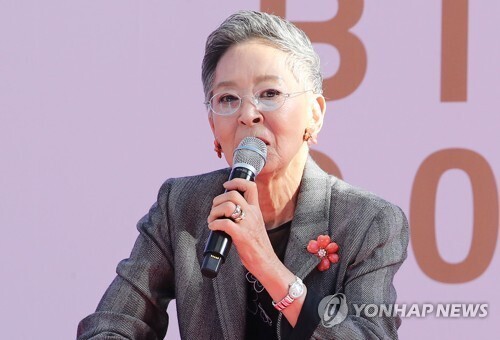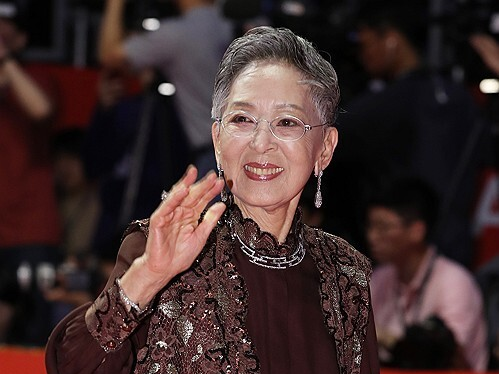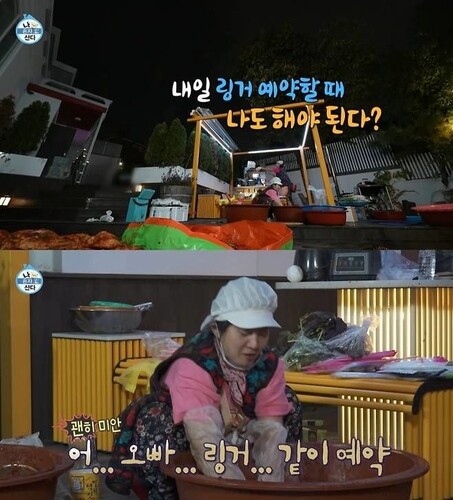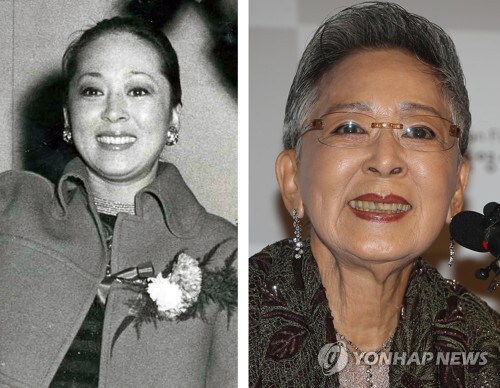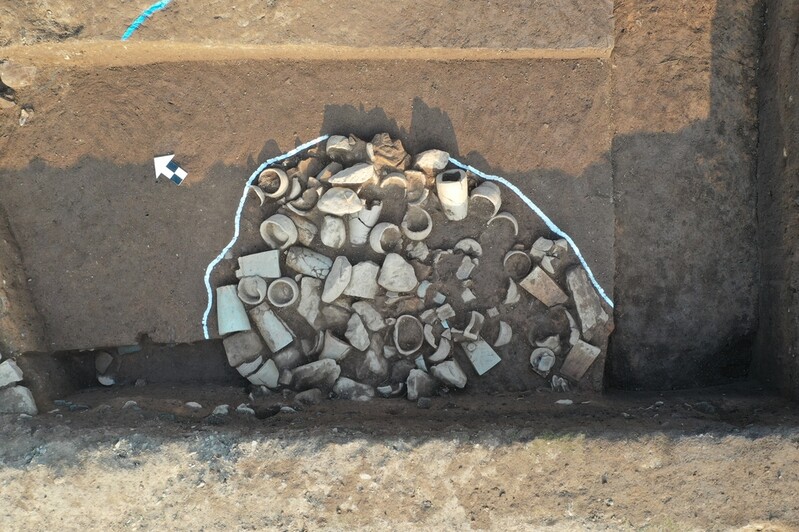 |
| ▲ This photo, provided by the Seogyeong Research Institute of Cultural Heritage, shows the site where the royal's ritual vessels, including fǔ and guǐ were found. (PHOTO NOT FOR SALE) (Yonhap) |
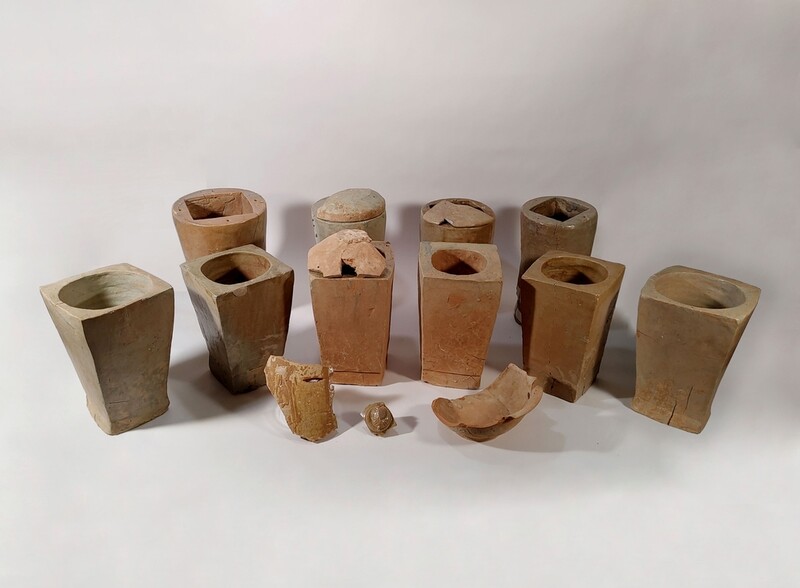 |
| ▲ This photo, provided by the Seogyeong Research Institute of Cultural Heritage, shows the white porcelain ritual vessels. (PHOTO NOT FOR SALE) (Yonhap) |
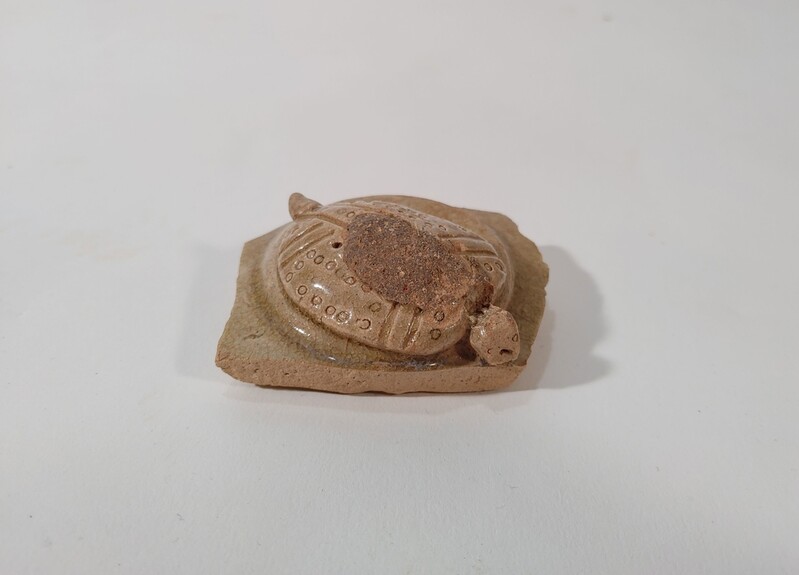 |
| ▲ This photo, provided by the Seogyeong Research Institute of Cultural Heritage, shows a cap of a ritual vessel with a turtle decoration. (PHOTO NOT FOR SALE) (Yonhap) |
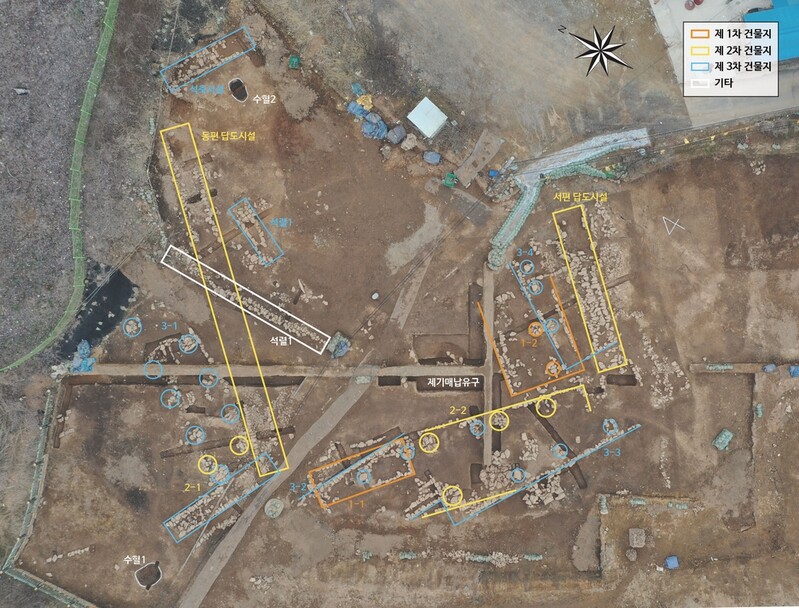 |
| ▲ This photo, provided by the Seogyeong Research Institute of Cultural Heritage, shows the site of excavation. (PHOTO NOT FOR SALE) (Yonhap) |
SEOUL, April 25 (Yonhap) -- Dozens of pottery items believed to be the royal's ritual vessels made about 1,000 years ago were discovered at the state-designated cultural property, "Goryeo White Porcelain Kiln Site in Seo-ri, Yongin."
Yongin city and a research institute for Buried cultural properties, Seogyeong Research Institute of Cultural Heritage (Director Lim Young-ho) announced on the 25th that they conducted an excavation in the area of 335-1 Seo-ri, Idong-eup, Cheoin-gu, Yongin-si, Gyeonggi province, and found about 30 pieces of white porcelain ritual vessels at a place that looked like a pit outside the building on the north.
The Seogyeong Research Institute of Cultural Heritage emphasized that this is the first time for many ritual vessels from the relics of the Goryeo Period unearthed in such intact condition. Believed to be made between the late 10th century and the early 11th century, the height of the ritual vessels are estimated to be 30-34 cm.
The relics are fǔ (basket used in state worship) and guǐ (basket for grain) confirmed from the records of the Song Dynasty in China, "Sanlitu (Illustrations to the Ritual Classics)" and "Xuanhe fengshi Gaoli tujing (report by Seogeung, an envoy from the Song Dynasty, and consists of what he saw and heard during his visit to Goryeo in 1123)." Fǔ, which was mainly used as a container for rice and millet, has a square shape on the perimeter and a round shape inside. Guǐ, on the other hand, has a round shape outside and is square-shaped on the inside although it was also used for grains.
Apart from ritual vessels, potteries and a saggar, which is used in the firing of pottery to enclose or protect ware being fired inside a kiln, was also found.
"Not only is it important to understand the Goryeo ceramics, but it is also important to understand the royal family's ruling philosophy," an official from the Seogyeong Research Institute of Cultural Heritage said. "The Goryeo royal family, who ruled the country with the Confucian ideology, used ceramic ritual vessels for ancestral rites, and in 1059, a government office called 'Jegi dogam (a place where the ritual vessels were made)' was also made."
"Most of the ceramic fragments were found in the kiln site, and there usually aren't a lot of undamaged vessels found," the official continued. "It is expected that the building nearby the site where all the potteries were found was a government office or a workshop."
For the reasons on why the ritual vessels that were in good condition were in one place, the investigation team pointed out that it might have been because it was a place where the ritual vessels were checked before being delivered to the royal family. There are also other opinions, however, with some people saying that it could have been a place to collect the unnecessary ritual vessels after it has been used.
The Goryeo White Porcelain Kiln Sites in Seo-ri, Yongin, a site that produced White Porcelain since the early Goryeo Dynasty, is also a place where the brick and mud kilns were confirmed, with the brick kiln being discovered for the first time in South Korea and a mud kiln with a length of 83m.
Three excavations were carried out in the 1980s, and the fourth excavation was conducted in the southern area of the historic site from June last year. Many things, including the building sites, passageways, stairs, white porcelain plates of the early Goryeo Dynasty and relics related to the production of porcelain were discovered.
(This article was translated from Korean to English by Haemin Kim.)
(END)
(C) Yonhap News Agency. All Rights Reserved















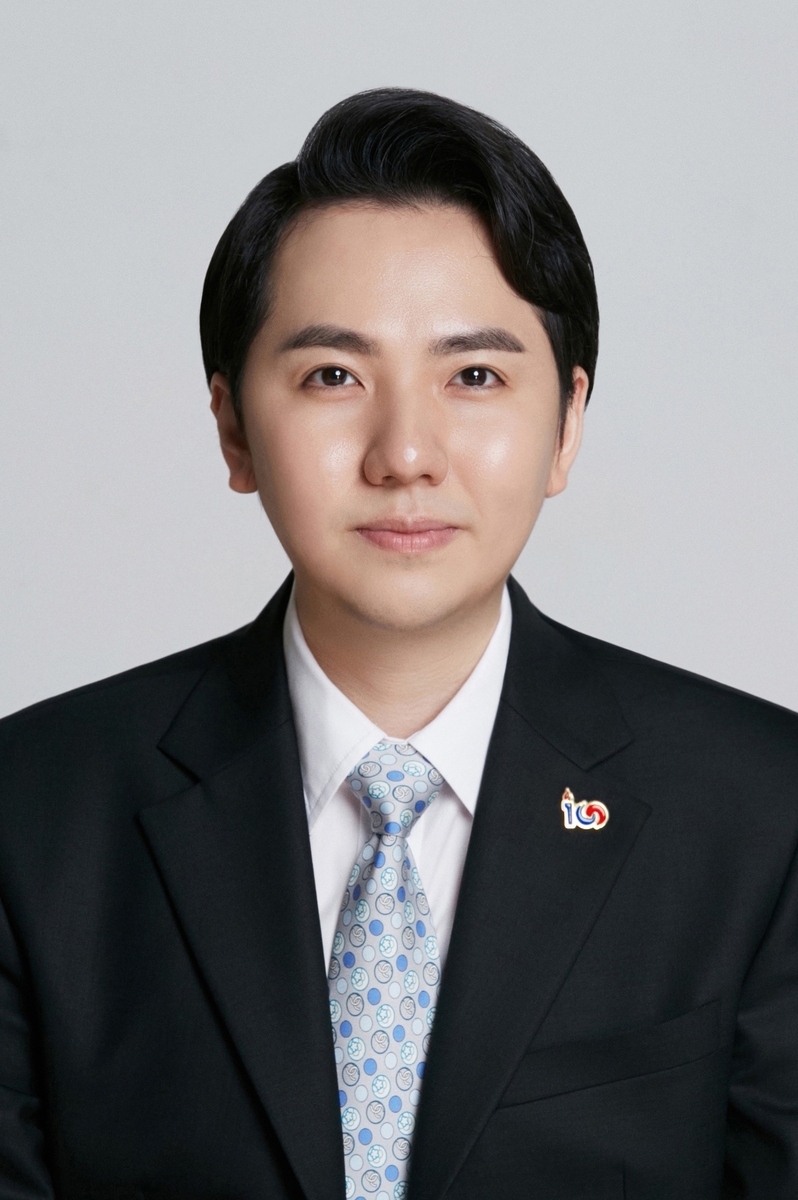
![[가요소식] 하츠투하츠 내년 3월 북미 쇼케이스 개최](https://korean-vibe.com/news/data/20251216/yna1065624915956235_448.jpg)
![[가요소식] 군 복무 마친 NCT 태용, 내달 단독 콘서트](https://korean-vibe.com/news/data/20251216/yna1065624915956223_957.jpg)


